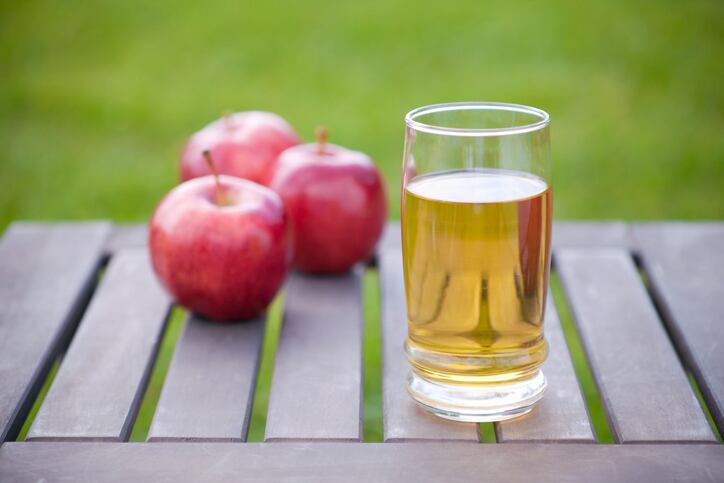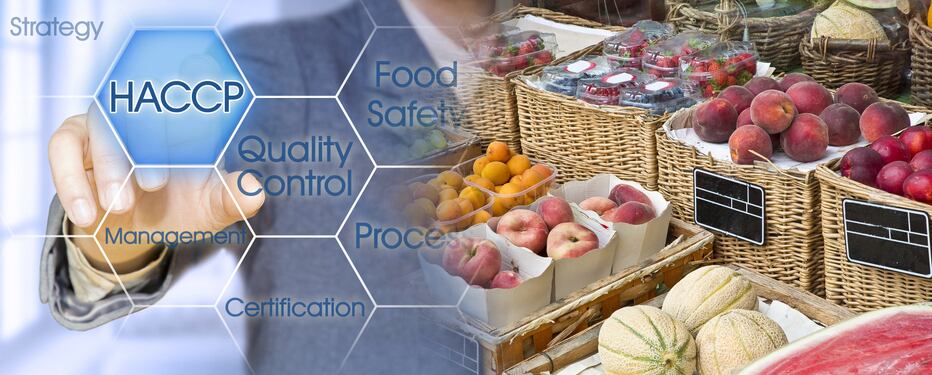Since the agency originally proposed a cap in apple juice of 10 ppb of inorganic arsenic, which is found in the environment where foods are grown and processed, FDA says it found an “increasing percentage of samples testing below 3 ppb and 5 ppb,” suggesting the industry’s efforts to lower concentrations of the contaminant are successful.
“However,” FDA added in a constituent update published June 1, “since the release of the draft guidance, we have identified some apple juice samples with inorganic arsenic levels above 10 ppb. Therefore, we are finalizing an action level of 10 ppb because we consider this level achievable with the use of good manufacturing practices.”
Even though the is non-binding, FDA says it expects setting an action level of 10 ppb “will help to encourage manufacturers to reduce levels of inorganic arsenic in apple juice.”
FDA makes progress on ‘Closer to Zero’ action plan
Given the wide discrepancy between the cap and more common lower levels of 3 ppb to 5 ppb, FDA added it expects to revisit the action level as part of its Closer to Zero action plan, which it launched in 2021 amid congressional scrutiny over high levels of heavy metals – including arsenic and lead – in baby food products.
As part of the agency’s Closer to Zero initiative, FDA earlier this year proposed action levels for lead in food intended for babies and young children that it estimated would reduce children’s exposure risk upwards of 27%. Like with the apple juice, FDA said it could lower the lead cap further in the future.
FDA also has asked an expert panel to review young children’s risk of toxin and heavy metal exposure from seafood through a health equity and environmental justice lens.
Cap for apple juice lower than other juice
Last year, FDA proposed limit of 20 ppb of lead in juice, but held apple juice to a higher standard of less than 10 ppb because younger children are often exposed to apple juice in higher concentrations than older children and adults and their diets are often not as varied as adults.
Despite FDA’s progress establishing limits for lead, inorganic arsenic and other heavy metals in the food supply and for young children, it has faced significant criticism for moving slower than stakeholders would like (such as taking 10 years to finalize guidance on lead levels in apple juice) and for removing from its website earlier this year previously established deadlines for setting guidelines on heavy metals in baby food.




